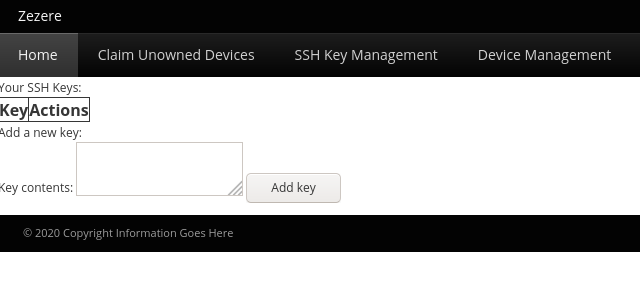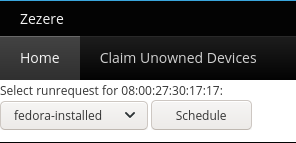From Fedora Project Wiki
mNo edit summary |
|||
| Line 6: | Line 6: | ||
Deploy and boot a Fedora-installed disk image on the hardware if your choice. For instructions on deploying a Fedora-installed disk image check the disk deployment test case. | Deploy and boot a Fedora-installed disk image on the hardware if your choice. For instructions on deploying a Fedora-installed disk image check the disk deployment test case. | ||
= How to test = | = How to test = | ||
* After the system has been booted, navigate to the Zezere provisioning server: | * After the IoT system has been booted, navigate to the Zezere provisioning server on another device: | ||
https://provision.fedoraproject.org/ | https://provision.fedoraproject.org/ | ||
Revision as of 18:01, 14 April 2020
Description
A simple validation test case for Zezere-ignition on Fedora IoT Edition.
Setup
Deploy and boot a Fedora-installed disk image on the hardware if your choice. For instructions on deploying a Fedora-installed disk image check the disk deployment test case.
How to test
- After the IoT system has been booted, navigate to the Zezere provisioning server on another device:
https://provision.fedoraproject.org/
- Open the 'SSH Key Management' Tab and add your SSH public key

- Select the 'Claim Unowned Devices' tab and check to see if the newly deployed hardware is displayed.

- Select "Claim". The device should now show up under the "Device Management" tab.
- Find the MAC address for your new deployment and click "Submit provision request".

- There are three options available, to copy the ssh key to the device choose "fedora-installed" and select "Schedule"

- After a short period of time, the ssh key should be copied to the root account of the new deployment. Open a terminal and try to ssh to the host.
Results
- SSH public key copied to the newly deployed host. Able to log in without a password.
